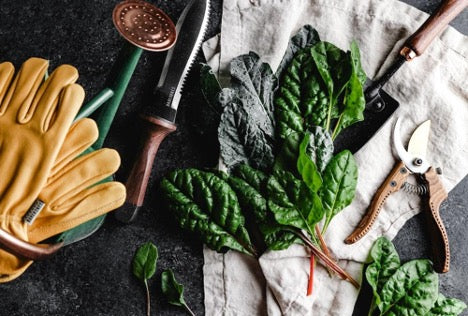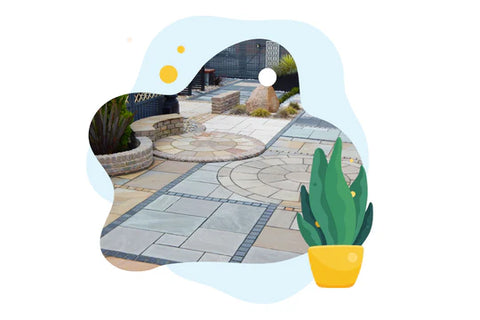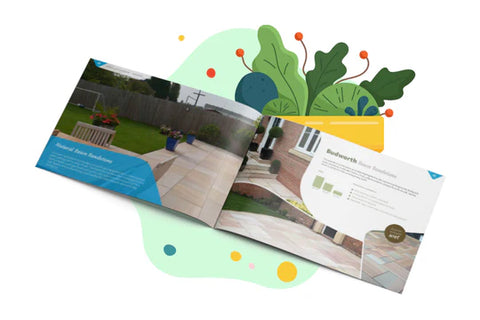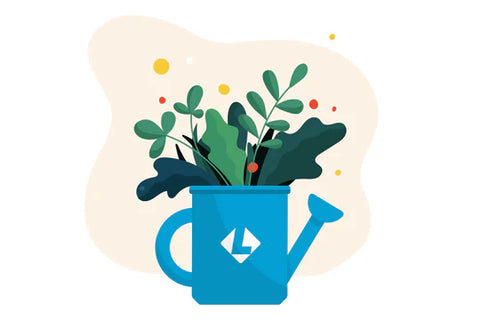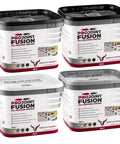
Block paving adds to the overall aesthetic of your home and is relatively durable. But if neglected indefinitely, pesky weeds can overrun block pavements. This can ruin the aesthetic value of your home and speed up wearing and tearing.
Therefore, you should take preventive measures to ensure weeds are not spoiling your driveway. It is vital to understand that getting rid of weeds between block paving requires much more effort than is the case with garden weeds.
So, how do you remove weeds from block paving?
In this article, we’ll discuss the various techniques you can use to get rid of weeds from paving. We’ll also share some handy tips on how to prevent weeds from sprouting on your pavements.
Types of Weeds That Grow on Block Pavements
If you are a homeowner, you know the struggle of managing weeds. When weeds sprout on pavement cracks, they become a bigger problem. Spraying the irritating plants only mends the situation for a while. This becomes a never-ending process that springs up from season to season.
The attack on pavements by weeds commences when the seeds discover a hospitable environment where they can thrive. The spaces between pavement blocks are suitable because they collect debris over time, providing nutrients for these plants.
Dandelions, sticker weed, and thistle are some of the most annoying weed species.
Unfortunately, other desirable species such as rhubarb, yarrow, flowering prickly lettuce, pigweed, and gumweed, can also grow between pavement gaps. Still, you would have to eliminate them to maintain the beauty of your block paving.
All in all, the reality is that weeds are typical ‘opportunists.’ If you do not face the challenge head-on, they will overrun your patio or driveway, and you might have to spend more time and money getting rid of them. That said, let’s look at some practical techniques you can use to stop weeds in block paving.
1. Manual Weeding
The first step you can take is going the old-fashioned weeding way. The process entails manually removing weeds using your hands or leveraging weeding tools. Physical weeding is both affordable and highly effective.
Before you begin, you need to buy gloves, weed forks, a patio knife, and some elbow grease. In addition, all the weeds must be detached from the roots to ensure they do not grow again, meaning that the process can become tedious.
Note: The process can be made easier by first wetting the target area. This way, the soil becomes damp, making it easy to detach the weeds from the roots.
2. Using Organic Herbicides
You can go for organic herbicides if you do not prefer manually pulling weeds from the pavements. Today, many products in the market can serve this purpose.
You can simply walk into any home or garden retailer and ask for these products. However, ensure that you avoid toxic chemical-laden herbicides because they can harm your property, health, and the environment.
Using herbicides to eliminate weeds is a tested and proven method. These products are available based on the types of weeds that you encounter. For example, berry and brush plants require that you use the strongest herbicide possible, although nearby plants can be affected.
Ensure that you follow the instructions on the products regarding primary and secondary applications. Selective weed killers are also the best because they do not harm non-targeted plants. However, most organic herbicides fit this description.
3. Use a Weed Torch to Burn the Weeds
Another alternative is going for a weed torch.
A weed torch, or blow torch, is a propane burner that focuses its scorching flames on invasive weeds. Again, there are many options that you can choose from.
The main downside to this option is that blow torches can be pretty expensive as the price can range from £25 to £90. However, this is one of the most effective weeding techniques available.
4. Use Salt
Unbeknownst to many, salt is a great weed killer as long as it is used effectively. Just sprinkle a little salt on the plant’s roots, and it will be automatically eliminated. The main downside is that using salt in garden weeding activities is risky as it can harm wanted plants.
If you are weeding your pavers, you should consider this option. The main downside is that rainfall can cause runoff, meaning the salt will be washed away. Another challenge is that excess salt can damage pavement blocks. Therefore, use this method with caution.
5. Pressure Washing
Pressure washing is the cleaning of exterior surfaces with high-pressure water sprays. Pressure washing is highly effective when cleaning grease, dirt, and plant residues from large surface areas. As a weed control method, the process typically involves washing through the spaces found between pavement blocks.
However, be careful not to go under the blocks themselves, as this may unsettle the bedding. The aim is to eliminate as many weed plants as possible from these spaces and to clean any ensuing debris. After you have completed the process, you should leave it to dry before checking whether all the weeds were removed.
Preventing Weeds from Sprouting on Your Pavements
The solutions discussed above are all about removing weeds from your block paving. However, you can also leverage preventive measures to ensure that weeds never sprout in the first place.
Consider the following:
- Regular sweeping: The most crucial activity is to prevent the seeds from rooting. This can be done by regularly sweeping the pavements to remove weed seeds and any other debris that supports their germination.
- Repair the block paving: Another consideration is to maintain your pavements. Ensure that they are correctly installed to remove any unwanted spaces. You can also enhance the slope to enable water to flow through the cracks. This way, damp soil can be avoided.
Bottom Line
Block paving adds to the overall aesthetic of your home and is relatively durable.
However, if neglected, pesky weeds can overrun block pavements. Various methods exist that you could use to remove the weeds from block paving, including manual weeding, organic herbicides, a weed torch to burn the weeds, salt, and pressure washing.
Found this article useful? There’s more where that one came from. Check out our site or contact us for landscaping ideas or ways to decorate your paving.



